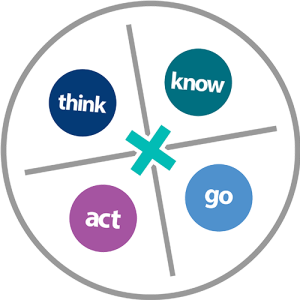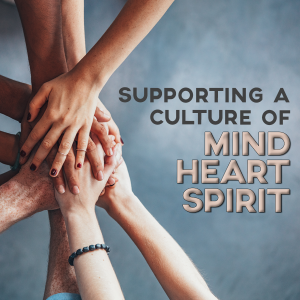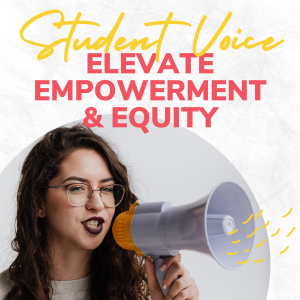Earlier this month, the Education Trust published a new report, Meandering Toward Graduation: Transcript Outcomes of High School Graduates (available at https://edtrust.org/resource/meandering-toward-graduation/ or below).
Wow, I love that descriptive verb meandering! But it certainly causes me to pause and seriously consider the implications of meandering in the lives and futures of our students.
What interested me about this report is that it points to the apparent focus of our high schools on getting students to the diploma and not on what lies beyond. As an aside, I am reminded of the decisions all of us have made a number of times on our career paths, the proverbial is it better to become a jack of all trades or a master of one—or none? In fact that was a debate I had with myself before deciding to pursue a liberal arts college education, much to the chagrin of parents who asked what kind of a job would that lead to? But I digress…
This report refers to the mantra we so often hear—college and career readiness for all—and the huge gap between the mantra and the reality:
[dt_quote type=”pullquote” layout=”right” font_size=”big” animation=”none” size=”1″]
Among recent graduates, fewer than 1 in 10 have taken a foundational set of courses they’d need to be both college and career ready. And almost half completed neither a college-prep nor a career-prep course sequence.
[/dt_quote]
Key words here are foundational set of courses and course sequence. Instead, students are meandering through disconnected courses that will get them to graduation, to a diploma, and often nowhere else.
The report’s findings reflect the high school focus on accumulating enough credits for graduation instead of “true readiness for life after graduation.” The authors refer to the “shopping mall high school” barriers that create high course failure rates and preclude students taking courses necessary for knowledge and skill development. The result is that too few students in general (and far too few students from disadvantaged backgrounds and other cultures) ever graduate with actual college or career readiness.
A college degree remains a goal of most students. And most will need postsecondary degrees or credentials for their chosen career. To assist students in reaching those goals, schools need to help them understand what is necessary to be truly ready for credit college coursework.
[dt_quote type=”pullquote” layout=”left” font_size=”big” animation=”none” size=”1″]
For most students, this means an academic foundation plus a content focus aligned with their interests. Yet most students are not taking a career sequence in high school that would provide a foundation for further study, suggesting we do not have broad agreement about what career readiness means for high school students and how to accomplish it.
[/dt_quote]
The key words here are academic foundation and a content focus aligned with their interests. This is precisely what EPIC’s Bridge the Divide is about: clear and coherent pathways that include high school coursework aligned with college and/or career expectations. Anything less will just perpetuate the existing shortsightedness and the resulting long-term repercussions for our students.
An aligned curriculum and structured pathways require change in high school instruction that results in students engaging in relevant coursework that will help create a seamless bridge to college or career. Pathways add course relevance and reduce curricular redundancies, gaps, and student diversions.
However, let’s not forget that the issues facing us today—college and career readiness, completion rate, and student success—cannot be laid at the door of any one educational body. It has taken a number of decisions along the way to bring us to this point, and it will take collaboration among those bodies to lead us through to higher levels of student success and completion. And not just collaboration, but authentic, respectful collaboration based on shared goals and focus on our students.
So here’s to collaboration toward coherent academic pathways and the resulting student success!
Photos excerpted from the report:
MeanderingTowardGraduation_EdTrust_April2016.pdf (1214 downloads )





